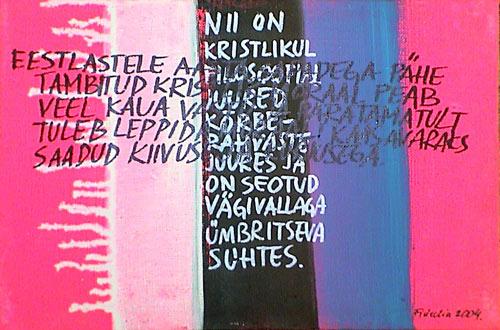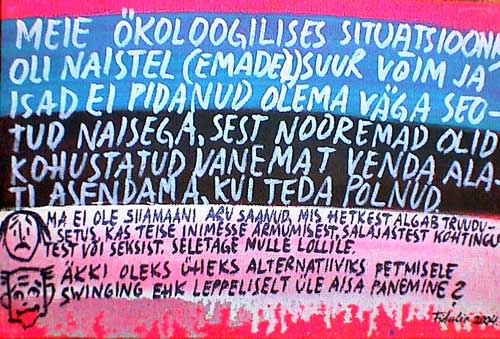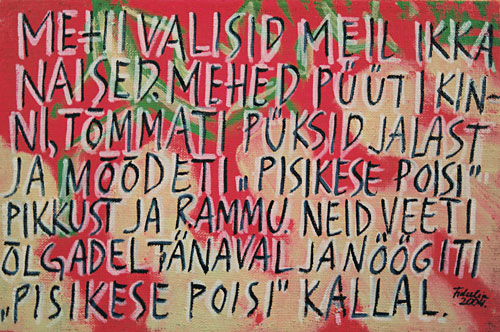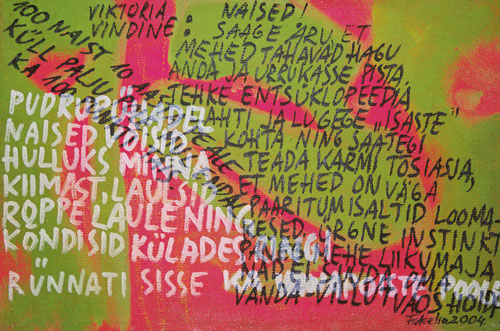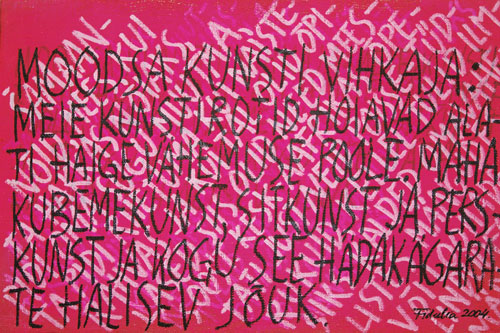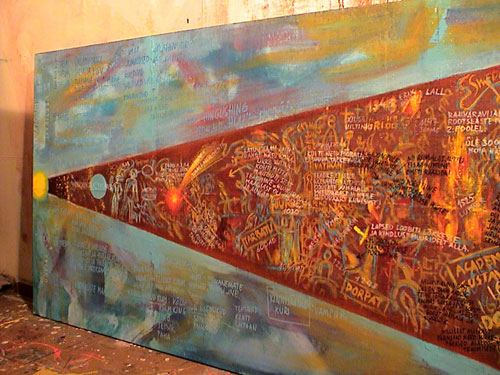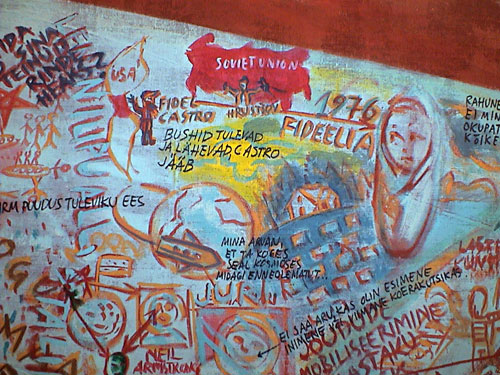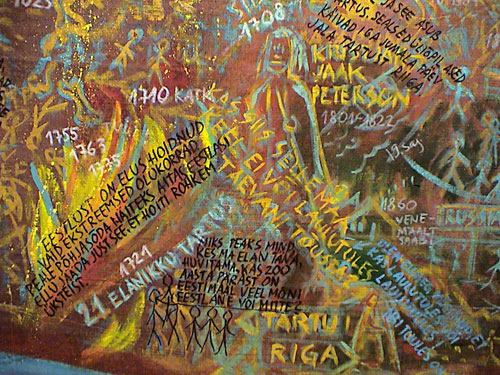The whole idea started to take form while I was reading “Ests’ Spiritual World” by the Estonian scientist Aleksander Heintalu. He has explored the culture of northern ancient nations before Christianity. Though there are no written documents about that time, he has gathered information from the archeological remains and from the nations which still have a similar culture to that existing thousands of years ago.
He writes that women were far more important in those days: the woman had to give birth to a daughter before others considered her a true woman, because only women had the power to create new life. The book describes the magical rituals connected to fertility. Four times per year women held their very own party, where those who had become mothers of a daughter got the title of “woman” and the right to take their place at the party. Women slept with all the men in the village on that night and no man had right to say no.
The book also states that shamans were trained from a young age, and that in order to become a shaman one had to go through a symbolic gender change: a boy became a girl and vice-versa. Sometimes the shamans were picked from the homosexual young persons.
I analyzed how Christianity, agriculture and wars have changed Finn-Ugrian tribes and how the position of women has gone through huge changes. Then I conceived the idea of connecting this topic with comments I found in internet forums. I started to collect online comments in autumn 2004. Since comments are anonymous, I do think they usually represent the persons’ true thoughts. If so, we can draw important conclusions about people’s ideas, about what they really think. I have focused on female-male problems and gathered comments from the Delfi Women’s Page. I can see how gender roles and myths about gender are firmly rooted in people’s minds and how people recreate old roles without even understanding what they are doing.
My favourite authors are R. Barthes, P. Bourdieu and E. Fox-Keller who have written about the myths, language, and gender roles.
The project contains two 3- meters long canvases and several little canvases. The big ones depict the history of the universe, with emphasis on Estonians. One must look at these canvases attached to each other. The little pictures contain texts from online forums and Heintalu’s book, while the forums’ texts cover the book texts in order to make them very hard to read. This symbolizes the power of the empty and pointless mass media.
|
|
|
|
|
|
|
|
|
 |
